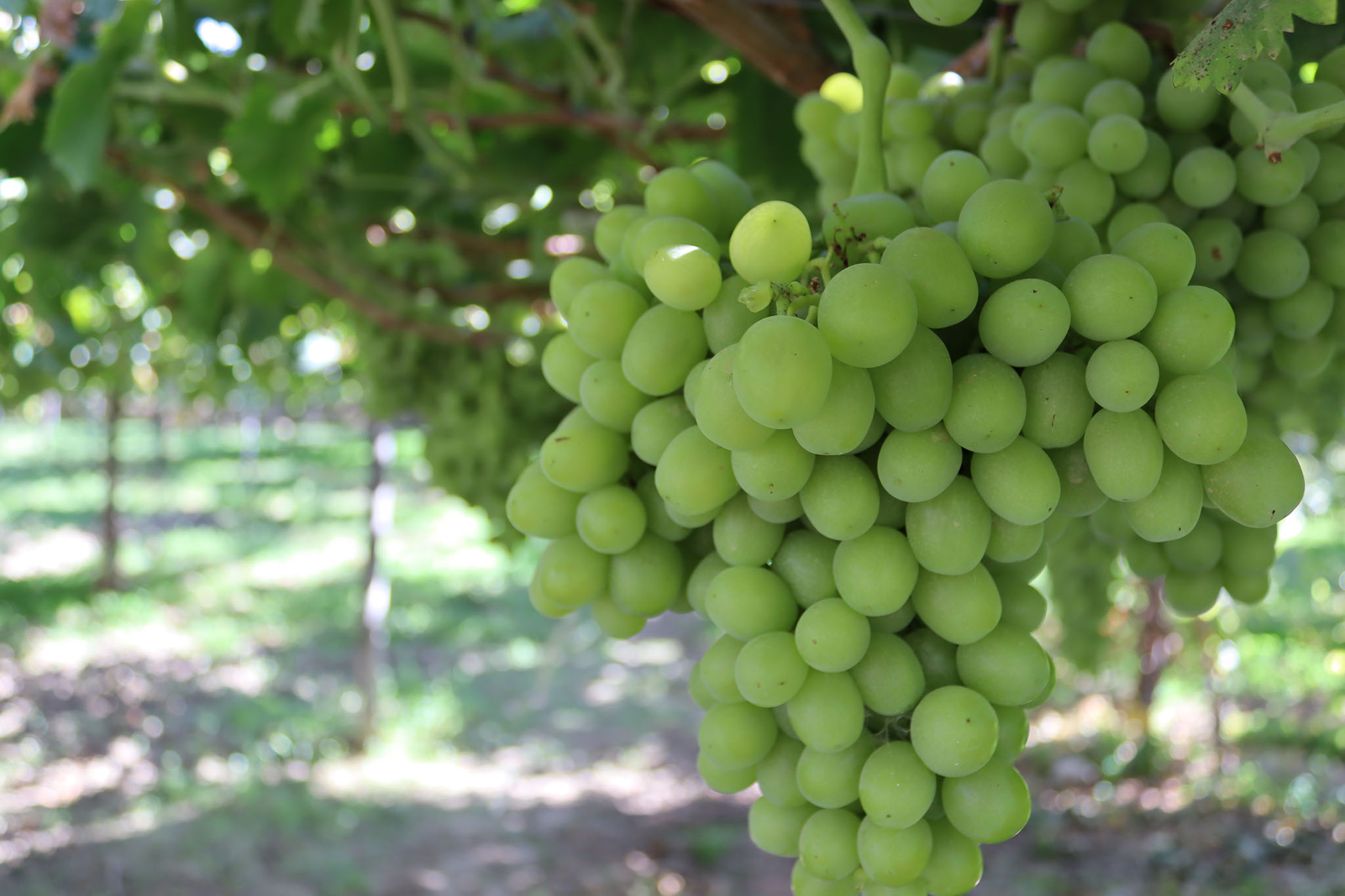ENTER A PRODUCT: Submission #19
Secondary tabs
Submission information
Submission Number: 19
Submission ID: 25
Submission UUID: 0a95c3a8-77a5-4f4b-b4cc-22a3354cae94
Submission URI: /slowfood/form/segnala-un-prodotto-bk1
Created: Wed, 11/16/2022 - 09:38
Completed: Wed, 11/16/2022 - 09:40
Changed: Mon, 06/05/2023 - 09:10
Remote IP address: (unknown)
Submitted by: admin-form
Language: English
Is draft: No
Current page: Complete
Webform: ENTER A PRODUCT
General Info
Ohanes grape
Vitis vinifera var. Ohanes
| Category |
|---|
| Frutta fresca, secca e derivati |
Geographic area: Almería, Provincia di Almería, Spagna
Latitude: 36.834047
Longitude: -2.4637136
Location: 36.834047,-2.463714
Formatted Address: Almería, Provincia di Almería, Spagna
Locality: Almería
State/Province: Andalusia
Country: Spagna
Country Code: ES
Latitude: 36.834047
Longitude: -2.4637136
Location: 36.834047,-2.463714
Formatted Address: Almería, Provincia di Almería, Spagna
Locality: Almería
State/Province: Andalusia
Country: Spagna
Country Code: ES
Product description
The Ohanes grape is an autochthonous variety that has been part of the diet of the people of Almeria (Andalucía) throughout the centuries. The relationship between Ohanes grape and the territory of the Andarax valley goes back to more than three centuries of history since the grape is the oldest crop in the province of Almería. The origin of the variety is located on the banks of the Andarax river, where the first plantations were located.
It is an oval-shaped grape of medium size, yellow color and sweet flavor. It is a very late table grape, harvested by hand from October to December, with a characteristic hard skin and firm and crunchy pulp. Grapes are rich in antioxidants, their glycemic index is not high, but medium; they are rich in carbohydrate fiber (17%) of rapid assimilation; they contain vitamin C and among their minerals are potassium, copper and iron, but also calcium, phosphorus, magnesium, manganese, sulfur and selenium. It requires crimping or artificial pollination, which increases the cost. Due to its late character, it is exposed to the most adverse weather conditions, especially rain or hail.
It is an oval-shaped grape of medium size, yellow color and sweet flavor. It is a very late table grape, harvested by hand from October to December, with a characteristic hard skin and firm and crunchy pulp. Grapes are rich in antioxidants, their glycemic index is not high, but medium; they are rich in carbohydrate fiber (17%) of rapid assimilation; they contain vitamin C and among their minerals are potassium, copper and iron, but also calcium, phosphorus, magnesium, manganese, sulfur and selenium. It requires crimping or artificial pollination, which increases the cost. Due to its late character, it is exposed to the most adverse weather conditions, especially rain or hail.
It is consumed as table grapes.
The edaphological conditions of much of the provincial territory with high radiation, high average temperature, relative humidity, low rainfall, intense evaporation favored this type of crop and therefore its expansion was a matter of time after the good commercial prospects that opened up for it were known.
It was the oral tradition that was gathered in the first and oldest texts where mention was made of the origins of the fruit and its commercialization, taking for granted what was being told in the area about the emergence of this variety as a consequence of a spontaneous hybridization between two types that were cultivated in the area: grape vines from Jaén (dedicated to wine production and cultivated along the Andarax valley) and the hanging grape from Rágol. Thus arose a fruit described as oblong and white grapes, crisp, with a thick skin, very tasty, with pips and late. It is one of these features, its thick skin, which is transcendental for the fruit to last in good condition for months from the moment of harvesting and earned it its fame at that time.
Nowadays, the Ohanes grape vineyards are disappearing as a consequence of the entry into the market of new varieties of table grapes more demanded as the apirenas, seedless table grapes originated from genetic improvement.
Nowadays, the Ohanes grape vineyards are disappearing as a consequence of the entry into the market of new varieties of table grapes more demanded as the apirenas, seedless table grapes originated from genetic improvement.
During the last years, measures have been taken to promote this variety and to recover its quality by taking care of its original characteristics, controlling diseases, reducing the use of excessive fertilizers and promoting organic sustainable agriculture. In this regard, it should be noted that, due to the hardness of the skin and its long natural conservation time, the natural conservation of this grape means that conservation chains are not necessary, which implies a reduction in energy costs in the conservation phase.
Avoiding the disappearance of this variety, which is native to the Andarax Valley, is taken on by the producers as a commitment, not only to the conservation of biodiversity and the sustainable management of these crops, but also because of their historical importance in the diet and culture of Almería.
Avoiding the disappearance of this variety, which is native to the Andarax Valley, is taken on by the producers as a commitment, not only to the conservation of biodiversity and the sustainable management of these crops, but also because of their historical importance in the diet and culture of Almería.
NO
Upload space
- Image:

- Image:
